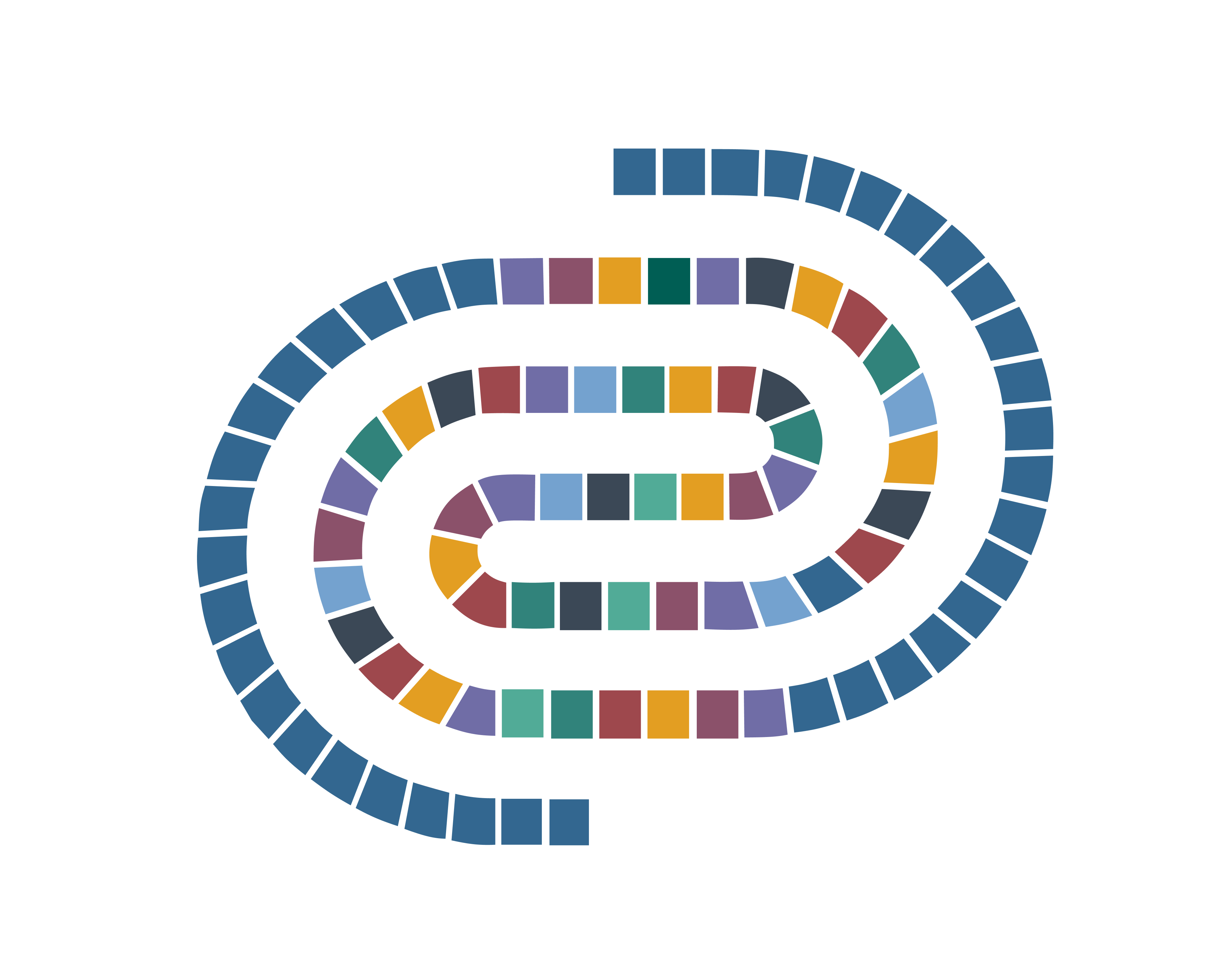Short Description
The project intends to investigate the genesis of the nineteen feature-length fiction films directed by the French-speaking Swiss filmmaker Alain Tanner between 1969 (Charles mort ou vif) and 2004 (Paul s'en va) by opting for a methodology based on the genetic study of script texts. The investigation is mainly based on Alain Tanner's personal archives deposited at the Cinémathèque suisse (CS). In parallel to the study of production archives, which provide information on writing practices, we consider the discourse on screenplay of Tanner.
Tanner is one of the Swiss filmmakers who has received significant international recognition and had a considerable impact on how cinema was conceived in his country. We assume that the "scenario" is at the heart of the filmmaker's work insofar as he has constantly maintained an ambivalent relationship with this stage in the making of his films. While he has never ceased to relativise the role of writing in favour of directing, he has also constantly problematised the question of writing in his public statements and his numerous texts reflecting on his practice. The compilation of production history of all the feature films Tanner directed, (co)produced, and (co)wrote, as well as a comparative study of the states and variants of the screenplay between them and with the different films as they were exploited, are thus correlated with the whole of the discourses on cinema that were emitted by Tanner through various media channels and with the critical reception of his films that echoed his discourse and commented on his work. Tanner's institutional involvement in the 1960s, as well as his media visibility throughout his career, will provide a broader perspective on the history of Swiss fiction cinema. The genesis of Tanner's screenplays will be considered in particular in terms of the methodological contribution that their study makes to the genetics of texts, and in the way in which they are based on previous material (novels for his two adaptations, diaries, news items, photographs, maps, etc.), by looking at different aspects of the film to come (dialogue, camera movement, editing, acting, soundtrack, etc.). Furthermore, they are the result of collaborative writing. To this end, three personalities who successively worked as co-writers on Tanner's films and stimulated his reflection on cinema are studied: the art critic John Berger, the actress and singer Myriam Mézières, and finally the novelist and figure of the world of letters and media Bernard Comment.
The modalities of four-handed creation are discussed from a double perspective: (1) a narratological study (the construction of the narrative and characters, the process of adaptation, etc.); (2) a study of gendered representations. On these two levels, our ambition is to show, despite various ambivalences, how Tanner's cinema differs from the dominant production and even from the post-New Wave French cinema d'auteur by definite originality that remains to this day too little discussed in the history of (Swiss) cinema. The study of this corpus lends itself to refining the genetic approach by adapting it to the heterogeneity and non-conformism of Tanner's practices.
Swiss film history, Screenplay, Fiction cinema, narratology, gender studies, discourse analysis
Swiss film history, Screenplay, Fiction cinema, narratology, gender studies, discourse analysis
Ongoing
Le scénario chez Alain Tanner
.webp)
